How to garden in US hardiness zones 10+
Expert advice on what to plant and how to garden in US hardiness zones 10-13
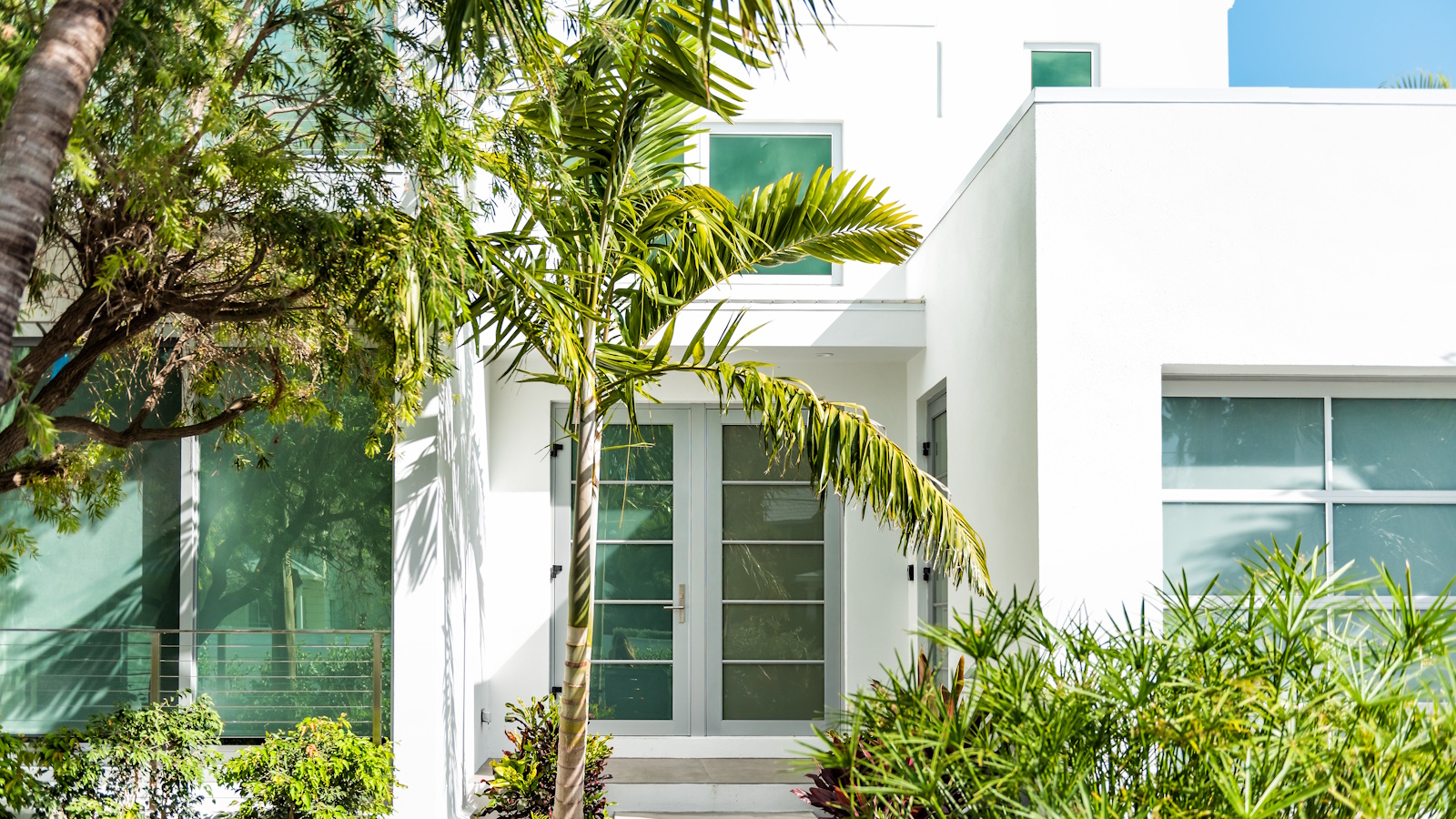

In most of the country, the coldest winter temperature has a profound effect on our choice of plants – some plants can take Alaskan winters, some will die if exposed to a light frost. In our very warmest areas, mainly in the subtropical and tropical south – where, ninety nine winters out of a hundred, there is little or no frost then other issues come into play.
The hardiness zones map that the USDA created to show us the average coldest winter temperatures across the country also displays, in glorious color, the lowest winter temperatures in even the warmest areas.
Based on the latest scientific research, the different zones are shown in colored bands across the country, the zones are numbered zone 1 (the coldest) to zone 13 (the warmest). The corresponding hardiness ratings for individual plant varieties are found on plant tags, on websites and in catalogs - it’s easy to see which plants are right for your area. Here, we discuss only the very warmest zones 10-13.
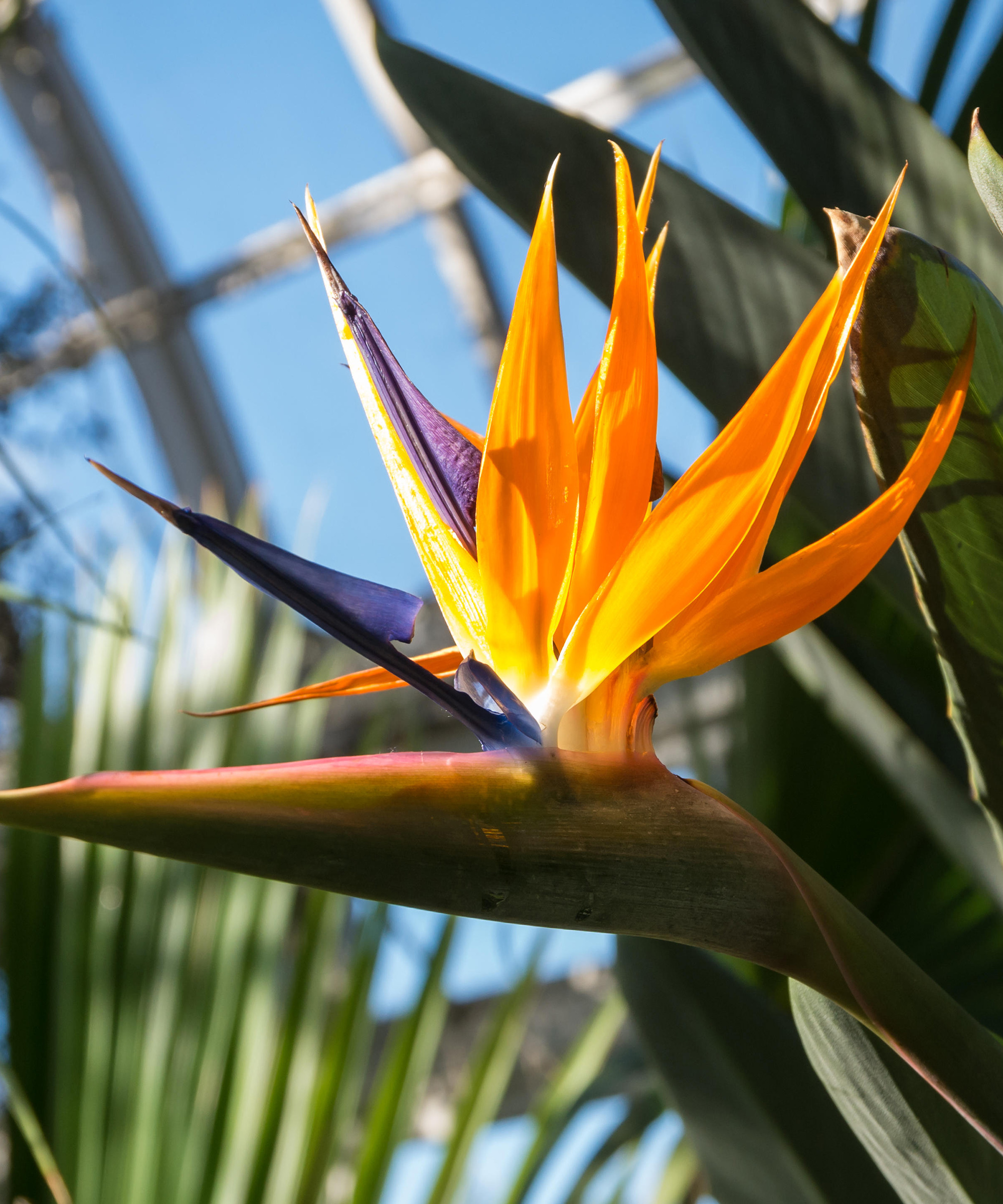
Strelitzia will thrive in the tropical climates of zones 10+
US hardiness zones 10+ explained
At the warmest end of the spectrum - Z10, Z11, Z12 and Z13 - frost is so rarely a problem that we do not even consider it. It’s more a case of which plants need tropical warmth across the seasons.
The parts of the country that fall into the warmest zones are so small, and resulting choice of plants so broad, that we can deal with zones 10-13 together.
Gardening in zones 10+
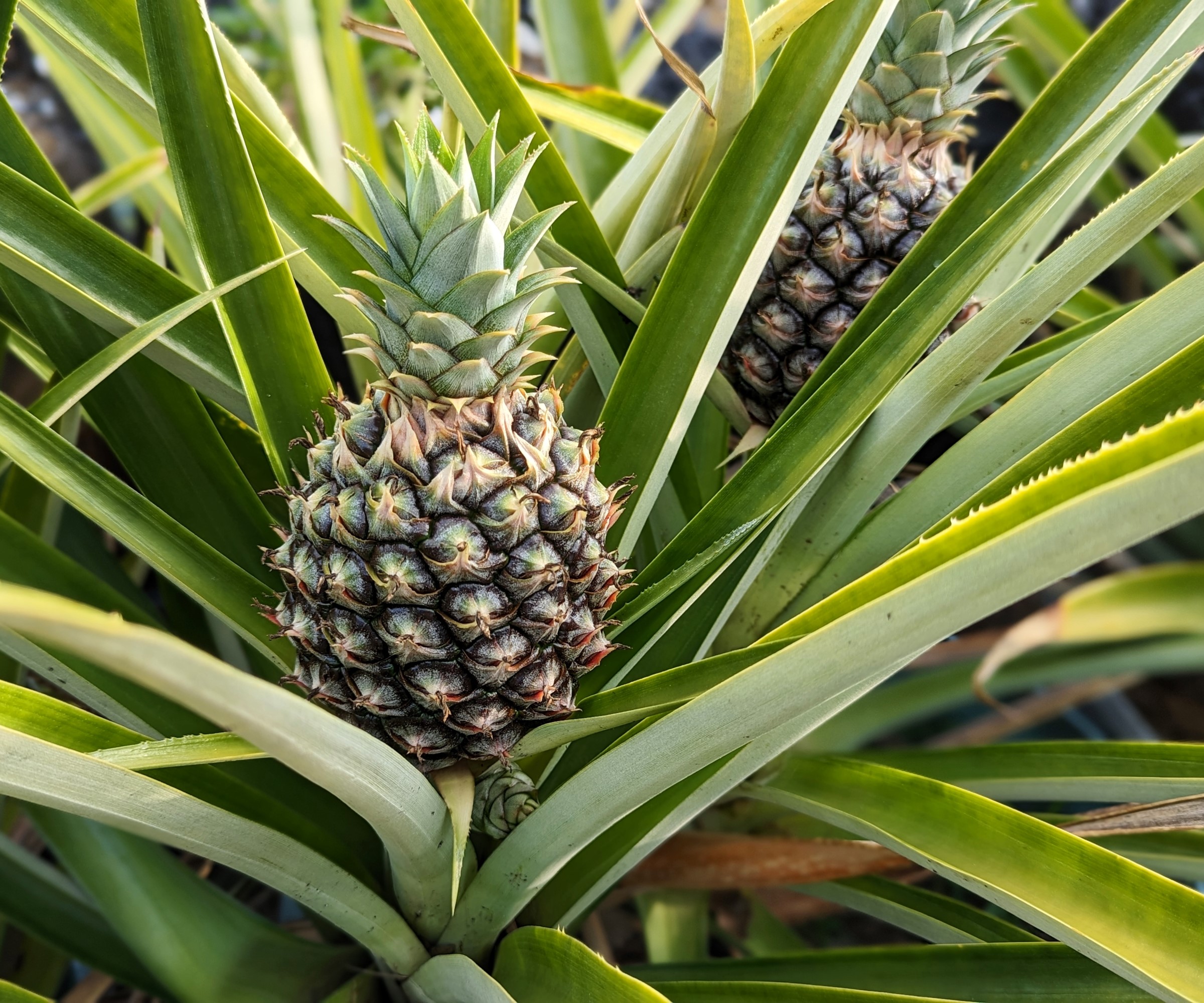
Pineapples are slow growing, but worth the wait if you live in zones 10+
In zone 10, even the lightest frost is rare. In zones 11-13 we can assume that frost will never be a problem and that a huge range of tropical and sub-tropical plants can be grown.
The boundaries between the zones are less important at the warm end of the scale than in cold regions and I suggest trying any plants rated as zone 10 or higher in any zone from 10 upwards. However, keep in mind that plants that prefer cool climates may grow poorly, or the soft growth fail to support itself, and unexpected pests and diseases may cause problems.
A more realistic division comes when considering rainfall. Plants adapted to grow in hot, dry conditions, for example, are unlikely to thrive in rainforest conditions or other damp climates.
In zone 10, average lowest winter temperatures fall between 30F and 40F. Zones 11-13 include those areas where the average lowest winter temperatures fall in the range of 40F to above 60F.
- If you’re gardening in any zone from Z10 to Z13, start by considering any plants rated for any of those zones - be flexible. Most plants rated as Z10 will thrive in Z13, plants rated as zone 13 may well succeed in zone 10. Plant, see what happens, learn by the past experiences of your neighbors and you’ll be better informed for the future.
- Always check whether your planting possibilities require dry conditions, are drought tolerant or prefer plenty of moisture - and choose accordingly. As a rough guide: succulents including agaves, aloes and cacti prefer dry conditions while leafy shrubs usually prefer moist conditions.
- Even though these zones are frost free, the winter months are still cooler than summer months, and often with more rainfall. This is the time to start cool season leafy edibles such as lettuce, kale, chard and spinach.
- Try not to fight the climate. It may be tempting to grow the plants of the cool northern woods – such as trilliums and coral bells – but they rarely thrive. Instead, focus on the plants that thrive in your zone – but not in the north.
- Be aware that non-native invasive plants can sometimes cause problems so follow advice about what not to plant, and discuss the situation with your local extension service.
- Be ready to irrigate moisture-loving plants when necessary – but never use an overhead sprinkler as they waste so much water. Choose a drip or trickle system instead.
Zone 10+ Main features
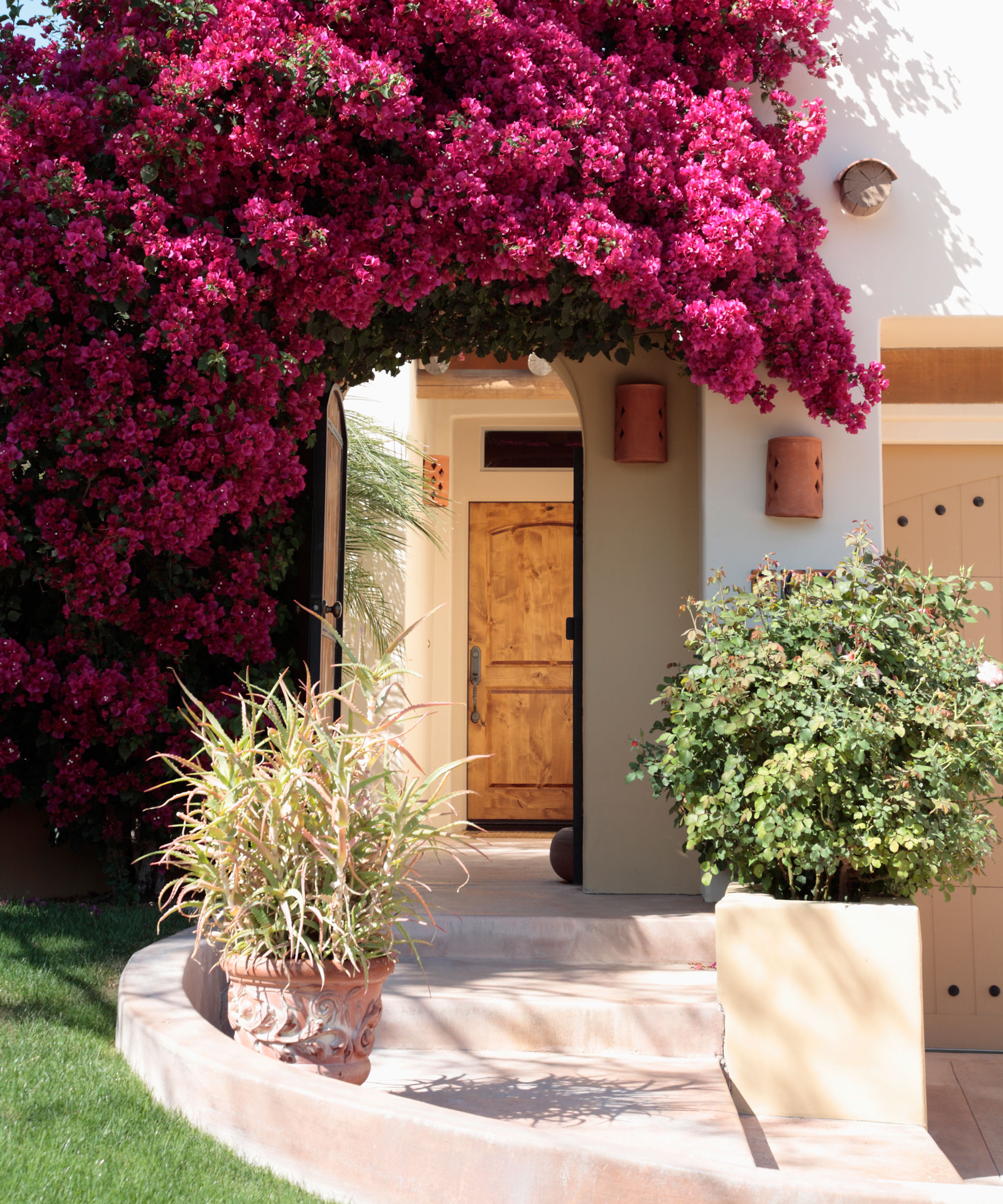
Bougainvillea vines will thrive in the heat of zones 10+, but don't forget to prune them
In zone 10, the average lowest winter temperatures fall in the range of 30-40F.
In zone 11, the average lowest winter temperatures fall in the range of 40-50F.
In zone 12, the average lowest winter temperatures fall in the range of 50-60F.
In zone 13, average lowest winter temperatures are above 60F.
Here we treat them as one zone: zone 10 and above.
Each of the cooler zones is again divided into a and b subzones but this has little value in the warmest conditions.
Only a very small part of the south of the country is rated zone 10 and above. These scattered areas include southern Florida and the Keys, southern Texas, southern California and most of Hawaii.
Although frost is rare, and only in zone 10, hurricanes and other storms, and also salt sea air - may damage some intolerant plants and dry winds can also cause problems to susceptible plants.
Plants for Zone 10-13
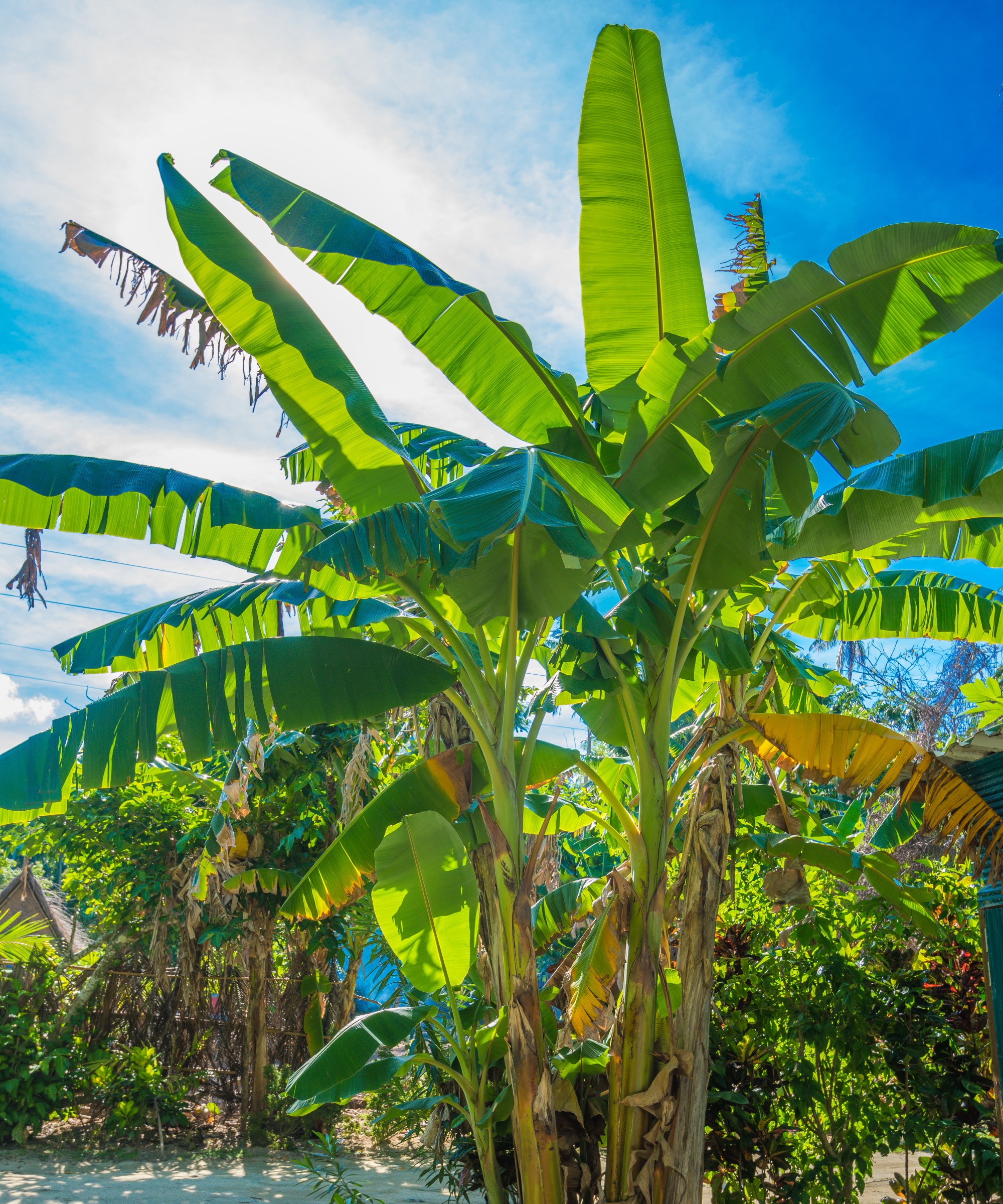
Banana trees will add tropical architecture to your yard
Trees
Royal Poinciana (Delonix regia) Clusters of orange or red, orchid-like flowers are shown off against delicate fern-like foliage. Makes a dome-like shade tree. Zone 11.
Orchid tree (Bauhinia variegata) Pale pink to purple flowers, that are a little like orchids, open in winter. Grows as a small tree or a large shrub. Zone 10.
Also try: Weeping fig (Ficus benjamina) Zone 10.
Shrubs
Angel’s trumpet (Brugmansia x candida) Spectacular super-scented trumpets in white, yellow and pink shades swing amongst bold soft foliage. A real head-turner. Zone 11.
Frangipani (Plumeria) Sparkling orange, yellow, red, pink, white or often bicolored five-petaled flowers open in from late spring to early fall. Zone 11.
Also try: Oleander (Nerium oleander). Zone 10.
Vines
Bougainvillea (Bougainvillea glabra) Very vigorous, and very thorny, but an amazingly prolific and colorful vine that may well need restraining with hard pruning. Wear stout gloves. Zone 10.
Mandevilla (Mandevilla splendens) Large flat-faced flowers in reds and pinks, but with an increasing color range, open in summer and fall against glossy, rippled leaves. Zone 10.
Also try: Spanish flag (Ipomoea lobata). Zone 10.
Perennials
Bird of paradise (Strelitzia reginae) Colorful, exotic-looking flowers open among clumps of sword-like leaves. Easy, reliable and always impressive. Zone 10.
Orchids (Many types) Start with oncidiums, dendrobiums or the vast varieties of phalaenopsis that are now available. Check the needs of each before buying. Zone 10-12.
Also try: Bromeliads (Many types).
Natives
Century plant, mangave (Agave) Superb, succulent rosettes with juicy foliage rosettes in grays, blues, crimsons and a quickly increasing range of leaf shapes and patterns. Zone 10
Passionflower (Passiflora incarnata) Very vigorous vine, clinging by tendrils, with astonishingly detailed flowers in lavender and white. Zone 10.
Also try: Scarlet sage (Salvia coccinea) Zone 10.
Annuals
Impatiens (Impatiens) The familiar colorful garden impatiens just keeps on growing in Zone 10 and warmer, and can be cut back whenever necessary. Zone 10.
Petunia (Petunia) Many many types, in every rainbow color, from ground covers to almost vines. Zone 11.
Also try: African daisy (Gazania) Zone 10.
Vegetables
Sweet potato: Easy to grow, but taking up a great deal of space, look for the new varieties with colorful leaves as well as tasty tubers.
Chilies: Choose the heat you prefer, from almost none to burn-your-tongue, all are happy in the hottest of seasons.
Also try: Squashes and pumpkins.
Fruits
Pineapple: An attractive, low growing plant, taking over a year to mature, but worth the wait to taste your own home grown pineapple. Zone 10.
Papaya: Often growing more as a perennial than a tree, and not long-lived, ask the nursery for a bisexual plant. Zone 10.
Also try: Bananas. Zone 10.
With high temperatures and virtually no threat of frost, the topical plants, flowers and vegetables that can be grown in zones 10+ is fascinating. If you live in one of these climate areas, you might be interested to know about the best drought-tolerant vegetables, that will grow well in more arid conditions.
Sign up to the Homes & Gardens newsletter
Design expertise in your inbox – from inspiring decorating ideas and beautiful celebrity homes to practical gardening advice and shopping round-ups.

Graham Rice is a garden writer who has won awards for his work online, and in books and magazines, on both sides of the Atlantic. He is a member of a number of Royal Horticultural Society committees and the recipient of the 2021 Garden Media Guild Lifetime Achievement Award. He gardened in Pennsylvania for 20 years, but has recently returned to his native England.
-
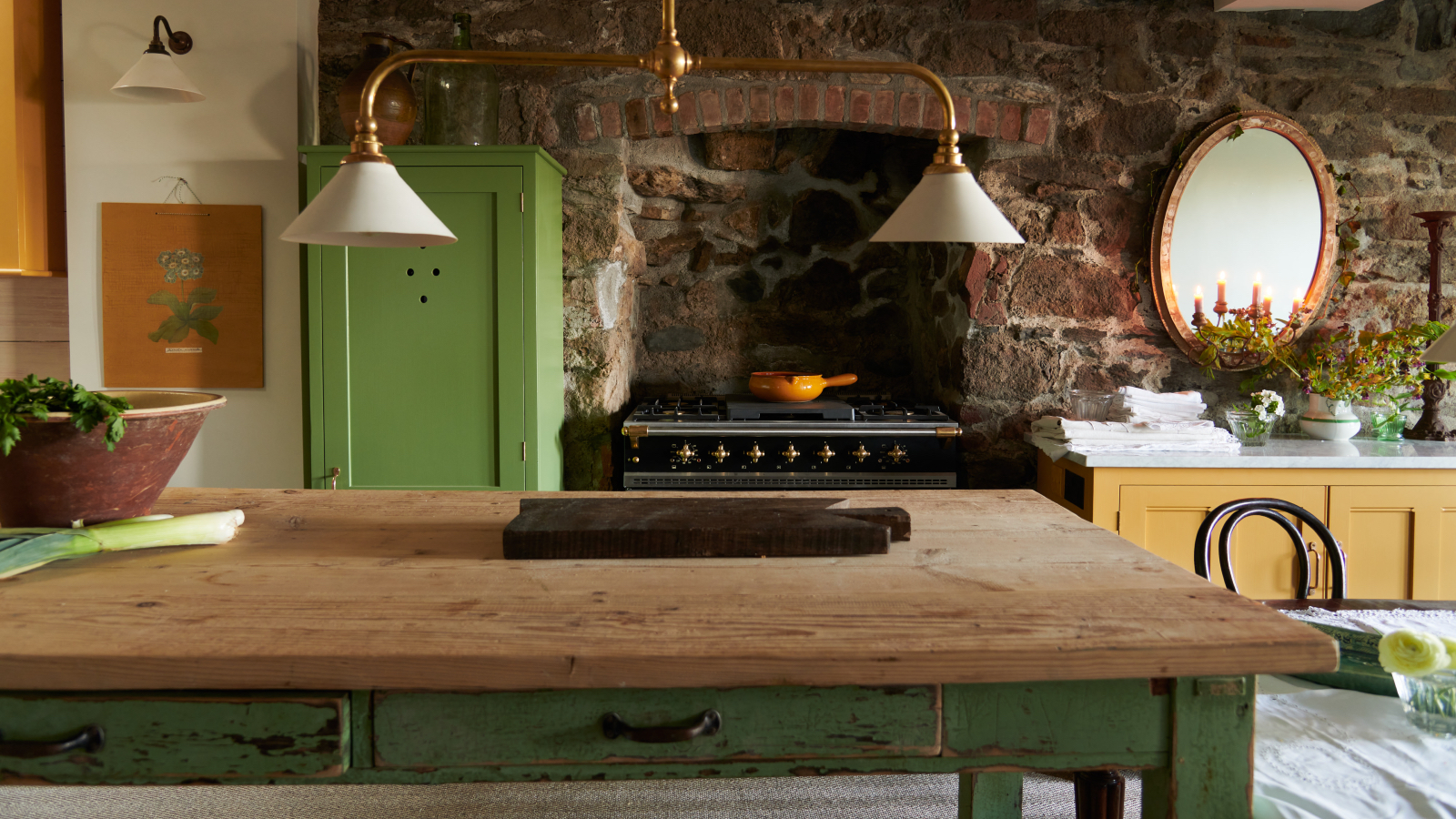 9 things you can clean with glycerin – this cheap and natural cleaner is perfect for indoor and outdoor use
9 things you can clean with glycerin – this cheap and natural cleaner is perfect for indoor and outdoor useFrom patio furniture to silverware, this hydrating and gentle cleaning agent will work miracles
By Ciéra Cree Published
-
 Martha Stewart's houses – inside her most iconic properties, from Cantitoe Corners to Turkey Hill
Martha Stewart's houses – inside her most iconic properties, from Cantitoe Corners to Turkey HillThe lifestyle guru built her legacy around her homes, some of which are the most recognized homes in modern American history – we explore her portfolio
By Megan Slack Published